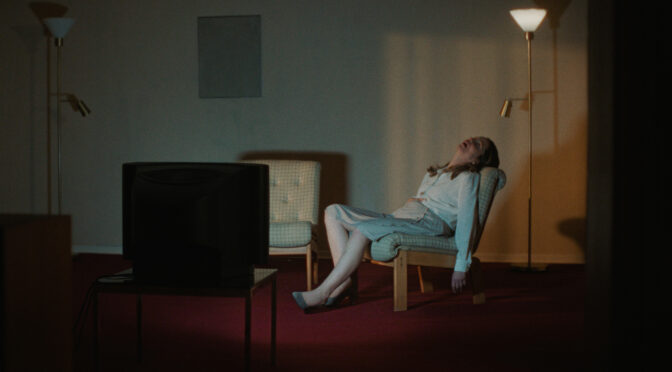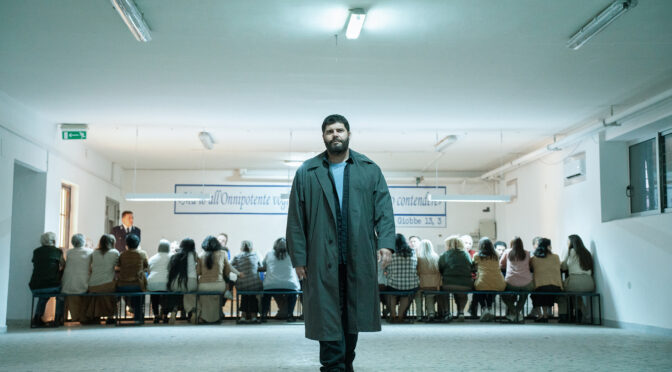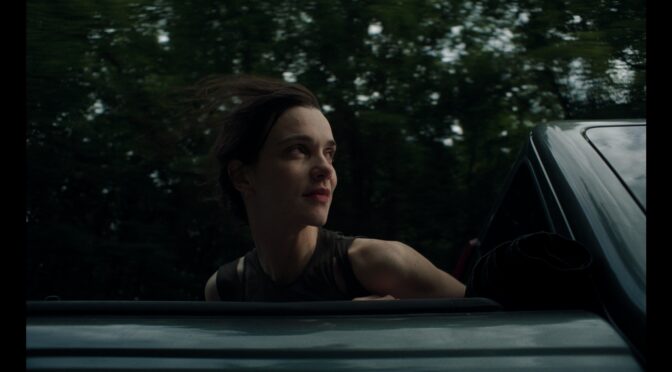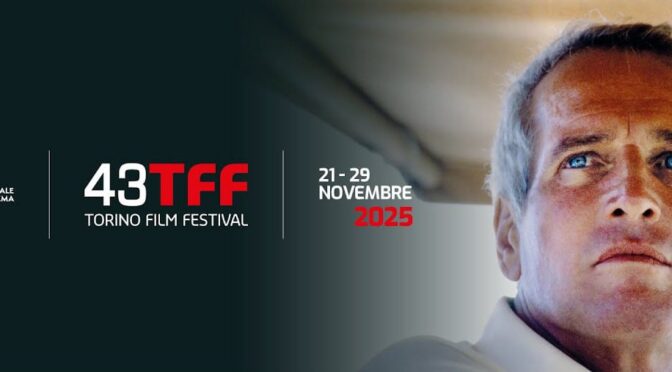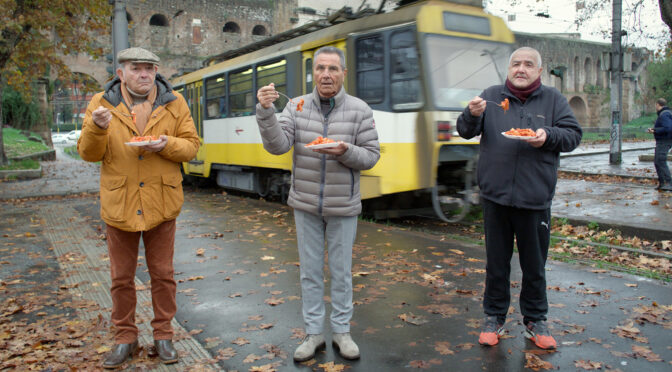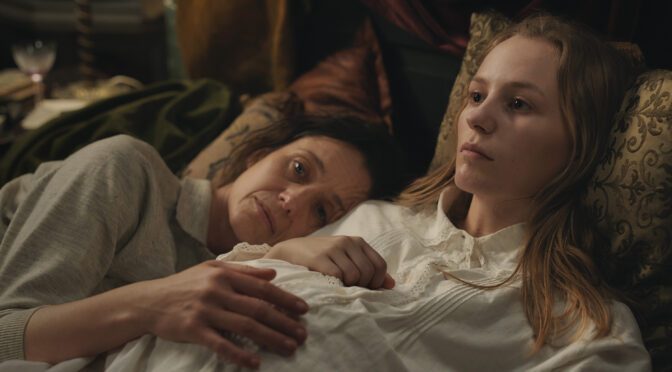Article by Davide Lassandro
Translation by Alice Ivaldi Lessona
Revolutions, of any kind, have always existed and have incessantly shaped the course of history. But what is their purpose? What are they fought for? And against whom? These are the questions that define Daniel Vidal Toche’s first feature film, La anatomía de los caballos, presented at the 43rd Torino Film Festival. The Peruvian director creates an unusual and personal cinematic work, depicting the relationship between a land and its people filtered through the complex and contradictory theme of revolution.
Continua la lettura di “LA ANATOMÍA DE LOS CABALLOS” BY DANIEL VIDAL TOCHE (ENG)

